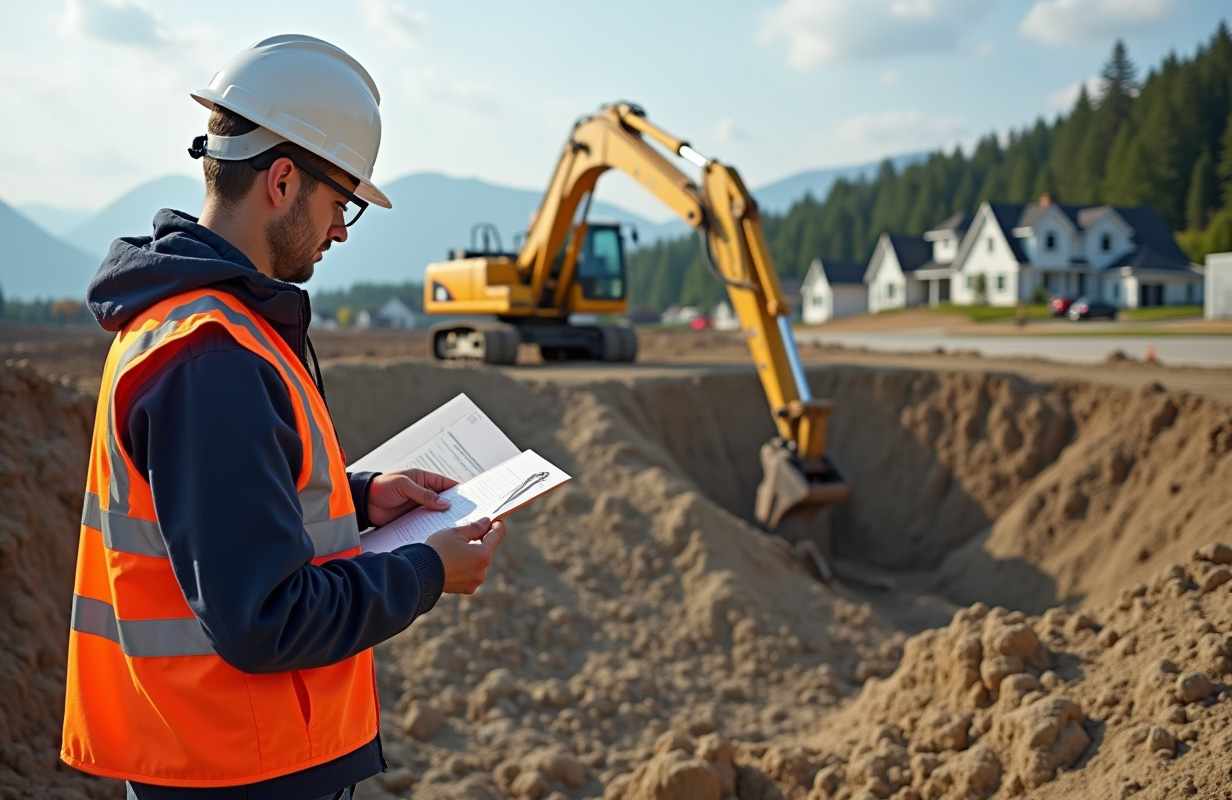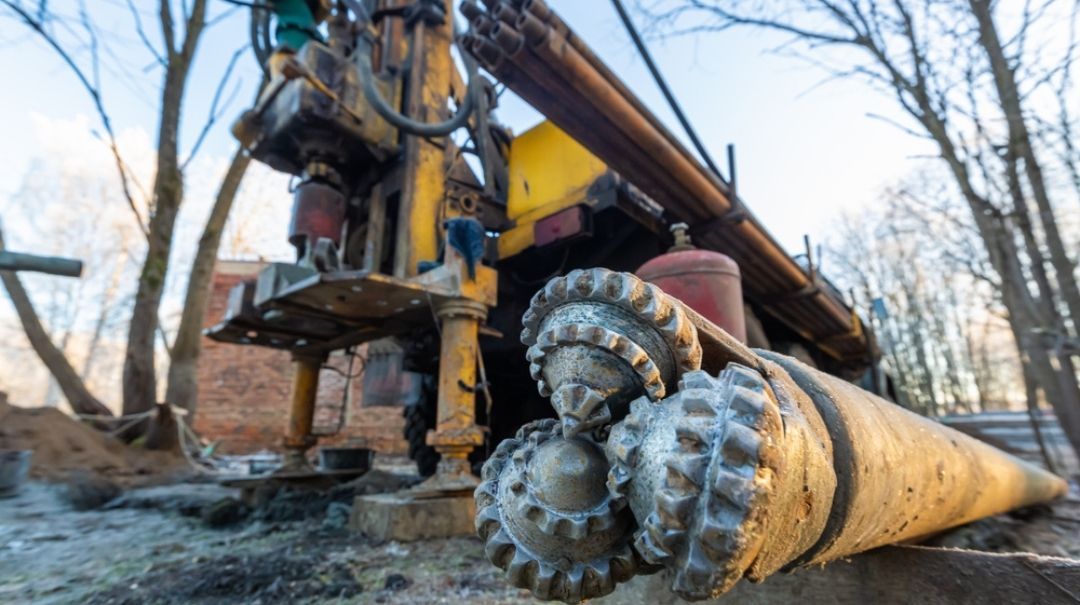Geotechnical Engineer Description: What to Get out of These Specialists
Geotechnical Engineer Description: What to Get out of These Specialists
Blog Article
A Detailed Review of Geotechnical Design Techniques and Their Effect On Modern Civil Design Projects
Geotechnical engineering serves as the foundation of modern civil design, providing essential strategies that deal with the intricacies of subsurface conditions. The interaction of soil evaluation, foundation layout, and innovative modern technologies shapes the honesty and sustainability of facilities projects.
Importance of Geotechnical Design
Geotechnical design functions as a crucial structure for civil engineering jobs, influencing the security and security of structures. This self-control concentrates on the habits of dirt and rock materials, supplying important understandings that guide the layout and building procedures. By comprehending the communication between the planet and crafted structures, geotechnical designers can assess dangers connected with ground problems, such as settlement, incline security, and liquefaction.
The value of geotechnical engineering expands past plain architectural honesty; it plays an important duty in environmental management and sustainability. Correctly carried out geotechnical analyses make sure that tasks minimize their ecological footprint and abide by regulative demands (about geotechnical engineering). Geotechnical engineering is important in website option, enabling engineers to identify appropriate places for building and construction that mitigate prospective risks.
On top of that, geotechnical design cultivates development in civil design by progressing techniques for ground improvement, structure layout, and excavation. The technique's payments are important in dealing with difficulties positioned by varying dirt conditions, hence promoting efficient and secure facilities development. On the whole, the relevance of geotechnical engineering is paramount in making certain that civil design tasks are not just possible but likewise durable against man-made and all-natural hardships.
Trick Methods in Geotechnical Engineering

Another important method is soil stabilization, which entails changing dirt buildings to boost load-bearing ability or lower negotiation. Techniques such as including cement, lime, or utilizing geosynthetics are generally made use of to achieve dirt renovation.
Ground improvement techniques, including dynamic compaction and vibro-replacement, are likewise crucial. These approaches aim to densify loose or soft dirts, boosting their toughness and lowering liquefaction possibility in seismic locations.
Maintaining frameworks, such as sheet piles and soil nailing, are utilized to support excavations and stop dirt motion. Incline stabilization techniques, consisting of drainage systems and preserving walls, are important for mitigating landslide threats.

Soil Analysis and Examining Techniques
Efficient dirt evaluation and testing methods are essential for recognizing the physical and chemical homes of soil, which directly influence design decisions. An extensive analysis of soil attributes is essential for predicting behavior under numerous loading you could look here problems and ecological influences.
Common dirt testing methods include both area and lab methods. Field tests, such as the Requirement Penetration Examination (SPT) and Cone Penetration Examination (CPT), provide instant insights into dirt density, stamina, and stratification. These examinations aid engineers analyze site problems efficiently before more substantial laboratory analyses.
Research laboratory testing techniques, such as Atterberg restrictions, grain size circulation, and compaction examinations, are important for identifying dirt plasticity, dampness content, and optimal compaction degrees. Advanced techniques like triaxial tests and consolidated undrained (CU) tests use useful information on shear toughness and reliable stress parameters.
Chemical testing, including pH, electrical conductivity, and organic material analysis, is likewise important for comprehending prospective soil contamination and its influence on building products. Collectively, these soil analysis and testing methods form the foundation of informed decision-making in geotechnical engineering, making sure the security and stability of modern-day civil engineering tasks.
Structure Layout Approaches
Structure layout approaches are important in making certain the security and durability of structures. These approaches can be classified right into deep and shallow structures, each fit to certain soil conditions and filling circumstances. Shallow foundations, such as spread grounds and floor covering structures, are usually utilized when surface area dirts have sufficient bearing capacity. They disperse the tons over a larger location, reducing settlement threats.
On the other hand, deep foundations, consisting of stacks and drilled shafts, are used when surface dirts are weak or poor for supporting the framework. wikipedia reference These structures transfer loads to much deeper, much more stable dirt or rock layers, making them vital for high-rise structures and bridges in difficult geotechnical conditions.
Choosing the appropriate structure design entails complete geotechnical investigations, consisting of soil make-up, bearing capacity, and groundwater conditions. Moreover, engineers have to take into consideration variables such as negotiation, lateral tons, and possible click for source seismic activity to guarantee the structure's efficiency in time.
Eventually, a well-executed structure layout is a critical element of civil design, straight affecting the safety, longevity, and functionality of structures. geotechnical companies in south africa. By lining up structure kinds with site-specific problems, designers can successfully minimize threats associated with foundation failure
Developments Forming Civil Engineering
Sustainable materials, such as high-performance concrete and recycled accumulations, are also getting grip, advertising environmentally friendly methods while keeping architectural honesty. Additionally, advanced geotechnical techniques, such as ground enhancement and deep mixing techniques, are boosting the security of structures in tough dirt problems.
Moreover, the use of drones and remote noticing innovation is improving website keeping an eye on and checking, supplying real-time information that aids in handling building progress and safety. The implementation of innovative construction methods, such as modular and prefabricated building and construction, additionally quickens task timelines and minimizes waste. Collectively, these advancements are not only transforming civil engineering techniques yet likewise making sure that contemporary infrastructure satisfies the demands of an expanding international population while dealing with environmental problems.
Verdict
In conclusion, geotechnical design strategies are important to the success of modern-day civil design jobs. By using these techniques, designers can mitigate dangers and add to the development of resilient city environments, eventually cultivating sustainable growth and safety and security in civil engineering methods.
Geotechnical design serves as the foundation of modern-day civil engineering, supplying important methods that resolve the complexities of subsurface conditions.Geotechnical design offers as an important structure for civil engineering jobs, affecting the safety and stability of frameworks.In enhancement, geotechnical engineering promotes technology in civil engineering by progressing strategies for ground renovation, structure design, and excavation. Generally, the significance of geotechnical engineering is vital in ensuring that civil engineering jobs are not just feasible however also durable versus synthetic and all-natural adversities.
In verdict, geotechnical engineering methods are indispensable to the success of modern-day civil engineering projects.
Report this page